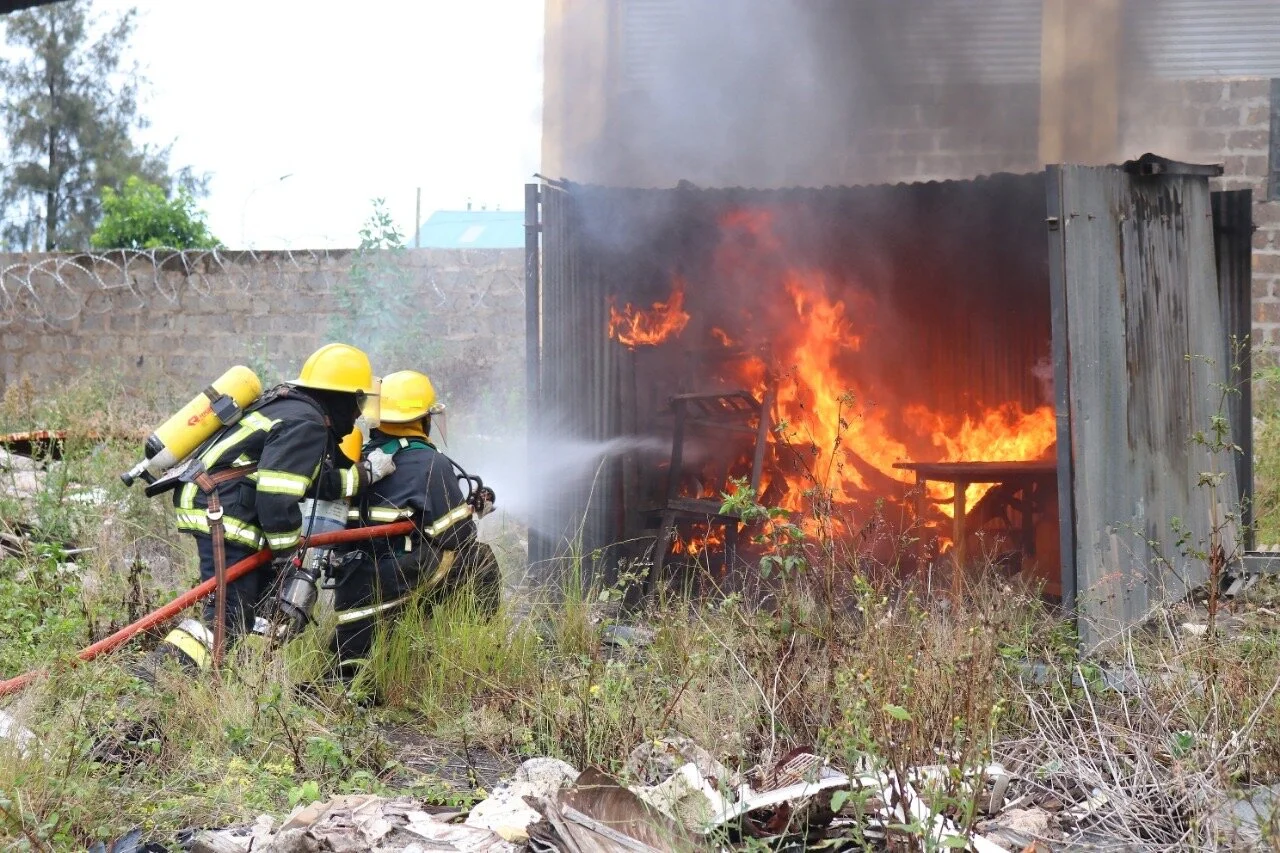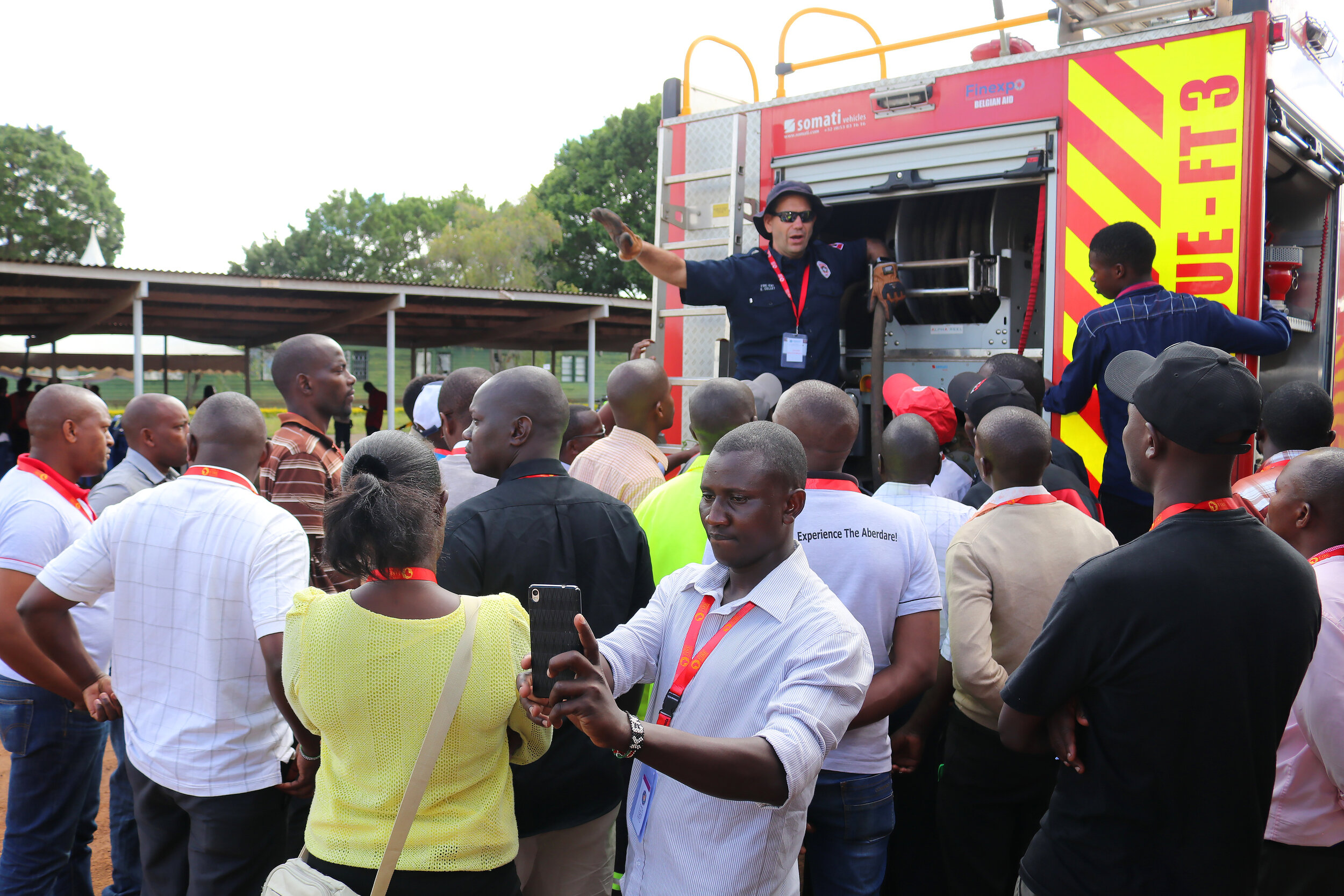by Edward Collet
Jackson Township Fire Department Firefighter/EMT, Ohio; Ohio Fire Chiefs Association Water Supply Technical Advisory Committee Co-Chair
Using Water Efficiently to Put Out Fire
The question of what to do when water is limited has plagued firefighters since the first bucket of water was thrown on a fire. Early on the full bucket of water was used no matter how many more were available. All available resources were used to extinguish the fire as fast as possible. Even before science told us about the need to match the thermal energy released by the fuel with the energy absorption of water, early firefighters knew a big fire needed a lot of water. Over time firefighters became hesitant to ever run out of water fearing they would look bad. This lead to low pressure, low flow nozzles (high pressure low flow is another topic) and smaller hose, often a 1” (25mm) “red” line from a hose reel being the weapon of choice to fight most fires. Fire departments stopped running out of water, but fires burned longer and more property was destroyed.
All fires go out, they either run out of fuel and/or oxygen, or enough heat is absorbed by water to lower the temperature below the ignition temperature. The question we must ask ourselves as firefighters is “are we overwhelming the fire with water to cool it or is the fire consuming fuel till the energy is low enough for our stream to extinguish the flames.” If we are effective in our job, we will put enough water on the fire to absorb all the energy being released and maybe a little more so we are the ones putting out the fire.
I experienced this dilemma first hand. A call came in for a garage on fire during one of our monthly trainings. Something like this never happens, a fire when there are enough people at the station to put two fully manned engines, a squad, and the tender on the road. Unfortunately, the tender was at the other station requiring two firefighters to drive to the station on the north side of the township to retrieve it. The fire was on the south side of the township, so it would be some time before the extra 3000 gallons (11,356 liters) of water arrived. Until then we would have to make due with 1,000 gallons (3,786 liters) on one engine and, 1250 gallons (4,731 liters) on the other. While we were still a distance from the scene a glow could be seen on the horizon letting us know this was a major fire. When we arrived, command instructed both engines to pull quick attack monitor and hit the fire. Our quick attack monitor flows 500 gallons (1,900 liters) a minute so our water was gone in roughly 2 minutes. But the fire was knocked down from a massive inferno to a minor fire. The building was already a loss when we arrived but using all our water to overwhelm the fire helped to protect nearby exposures. Had we been worried about looking bad by running out of water a couple 1 ¾” attack lines would have been pulled to put 300gpm (1,135lpm) on a fire needed over 750gpm (2,840 lpm) to quench it. The fire would have burned much longer placing exposures in greater danger.
Use the water you have to put the greatest portion of fire out as fast as possible. Firefighters must apply water in quantities great enough to overwhelm the fire; otherwise we are just wasting water waiting for the fire to burn down to match our fire flows. Always ask, am I putting out the fire or is the fire burning down to meet my flow.
It may seem counter intuitive to use higher flows when water will run out compared to using low flow and conserving water. Putting more water on the fire will put it out faster and protect the exposures. Train on techniques to stream application to become more proficient at using the available water.
Stay safe, train hard, and always ask is there a better way to do the job.





